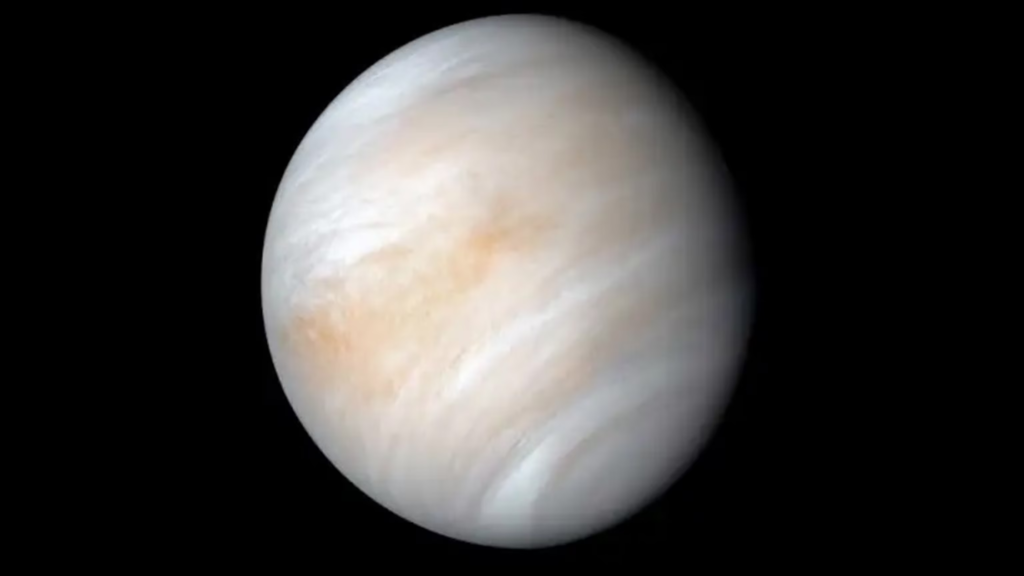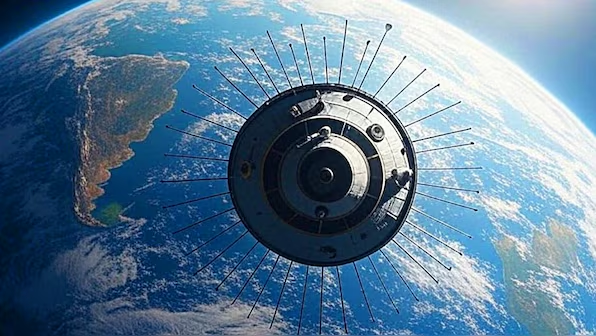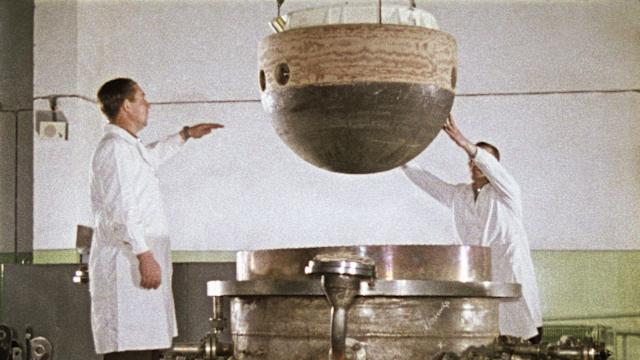Introduction
A Soviet-era spacecraft is making headlines as it’s expected to re-enter Earth’s atmosphere in 2025, reviving global concerns about space debris. With thousands of aging satellites and abandoned hardware circling our planet, incidents like these are far from rare. In this blog, we explore the top five most notable Soviet spacecraft crashes, highlighting the history, science, and risks behind them.



1. Cosmos 954 (1978)
Cosmos 954 was a Soviet reconnaissance satellite powered by a nuclear reactor. In January 1978, it crashed into Canada’s Northwest Territories, spreading radioactive debris across thousands of square kilometers. This triggered international outrage and a costly cleanup operation, setting a precedent for satellite crash liability.
2. Mars 96 (1996)
Intended for Mars exploration, the Mars 96 mission failed shortly after launch. The spacecraft and its nuclear fuel payload re-entered Earth’s atmosphere, with remnants believed to have fallen into the Pacific Ocean. The failure raised questions about planetary protection and safe propulsion systems.
3. Salyut 7 (1985)
The Salyut 7 space station, once a proud achievement of the USSR, lost contact in 1985 and began an uncontrolled descent. Though it ultimately burned up over Argentina, it sparked fears of populated-area crashes and demonstrated the unpredictable nature of orbital decay.
4. Cosmos 1402 (1983)
Another nuclear-powered reconnaissance satellite, Cosmos 1402, failed and began an uncontrolled reentry. Fortunately, its radioactive core detached and burned up in the upper atmosphere, avoiding a disaster like Cosmos 954 but still causing alarm worldwide.
5. [2025] Soviet-Era Satellite Currently Falling
Recent reports confirm that an aging Soviet-era spacecraft—launched in the 1980s—is now spiraling towards Earth, with expected reentry later this year. While agencies like Roscosmos and NORAD monitor its trajectory, its uncontrolled descent reminds us of ongoing risks tied to Cold War space missions. Stay tuned as tracking data becomes more precise.
Conclusion
From radioactive satellites to failed Mars missions, Soviet-era spacecraft have left a lasting impact—both in orbit and on Earth. With another one potentially crashing back soon, these incidents remind us of the critical need for better space debris management and international collaboration. Want to learn more about today’s space threats? Read our latest blog on modern space junk challenges.








